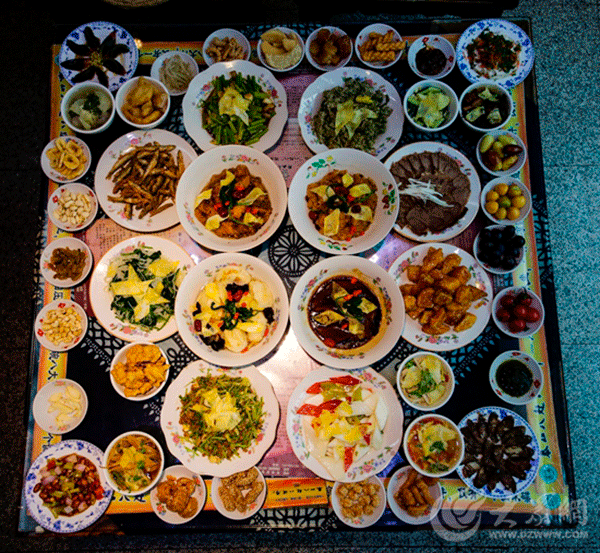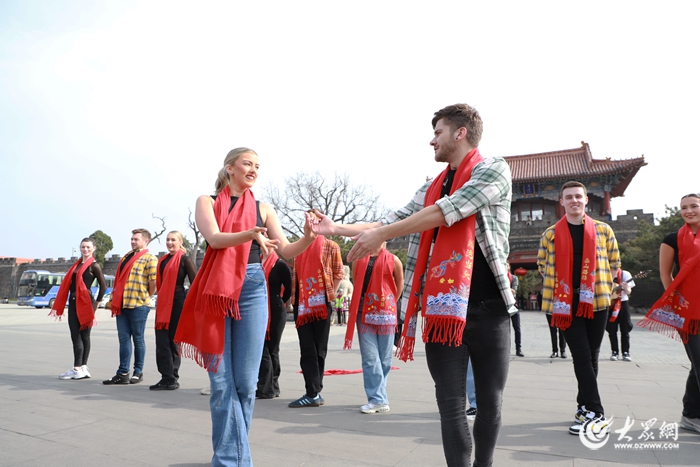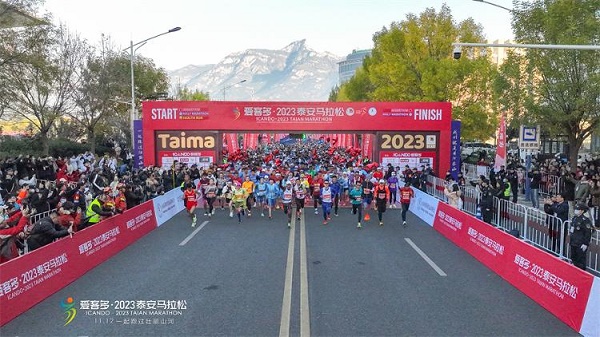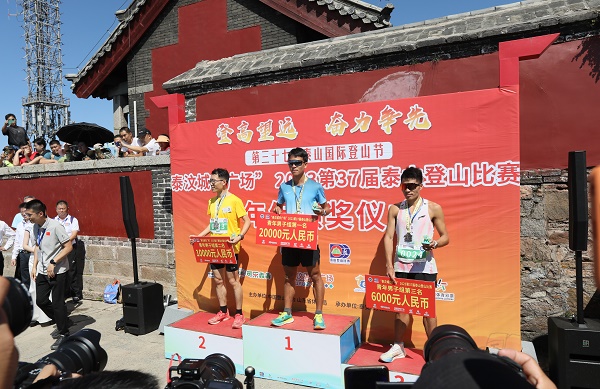Mount Tai Baganba Feast
 |
| The Mount Tai Baganba Feast. [Photo/dzwww.com] |
The Mount Tai Baganba Feast, different from an ordinary feast, has strict regulations on the amount of dishes, the kinds of plates and bowls used, and the order of serving dishes.
Ba means eight in Chinese, and thus not surprisingly the Baganba feast associates itself a great deal with the number eight. It is composed of eight kinds of dessert, eight cold dishes, eight common dishes, eight kinds of soup, eight dishes in bowls, eight meat dishes, and four seasonings, with the dishes amounting to 52.
The dessert must be first served on the table for guests in case of them being hungry. Then comes the eight cold dishes, which are usually dishes that go well with wine, including shredded lettuce, shredded bean curd, sausage, pork liver and pidan, the famous "hundred-year egg" or "thousand-year egg". The cold dishes cannot be removed from the table during the feast.
Following this are seasonings of pickles, mashed garlic, Chinese chives, and ginger slices, as well as a jar of vinegar, for guests to improve the taste of food and cleanse the palate after eating greasy food. The common dishes are the next. Along with the soup, the dishes in bowls are also delivered. Finally are the meat dishes.
The Mount Tai Baganba Feast succeeds in combining sour, sweet, bitter, spicy and salty flavors by using traditional seasonings instead of modern chicken powder and monosodium glutamate (MSG), and makes use of various cooking techniques, such as frying, boiling, and braising to provide a true feast for the eyes and palates of guests.
It was listed among the Tai'an intangible cultural heritages in 2015.



 Dongping Lake: Paradise for plants, animals
Dongping Lake: Paradise for plants, animals Tai'an forges high-quality development in culture and tourism
Tai'an forges high-quality development in culture and tourism Video: Modern tap dance meets ancient culture in Tai'an
Video: Modern tap dance meets ancient culture in Tai'an

